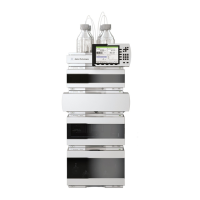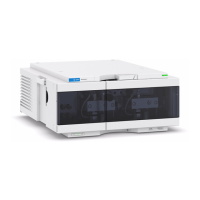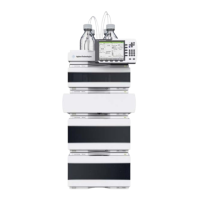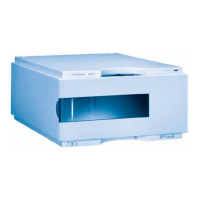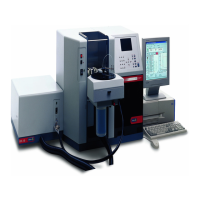10 Purification Solution - Operator's Guide
2
Executing a Purification Task
Processing partial data and cloning tasks
Processing partial data and cloning tasks
You are dealing with partial data under the following conditions:
• You stopped your analytical or preparative run, or your run was stopped
due to an instrument error (such as solvent bottles running empty). In such
a case, some of the planned samples were executed but others were missed.
• You have a large set of analytical data from a separate analytical
instrument, but you want only a subset of it to be purified in one task. For
example, your preparative plate does not have the capacity to hold all
samples.
Task cloning (or copying) means creating a new task with the same settings
and analytical data as another task. The preparative results are not cloned.
1 Select the task to be cloned in the task list of your purification task dialog
box.
2 create a new task as a clone of the selected task by choosing Add clone of
currently selected task in the Add Purification Task dialog box.
If you want to repeat a (previous) system suitability test run, you can clone the
system suitability test task and let it run.
If your analytical run was stopped or aborted, the successfully processed
samples remain as analytical result data with the task. Purification proceeds
with those samples only.
1 If you want to process the remaining/missed samples from such a task,
create a clone of the incomplete task.
2 In the new cloned task, go to the Analytical Run page of the Task Configuration
and click Revert to sequence.
This restores your original sequence.
3 Click Edit Sequence and remove the samples that already ran successfully.
4 Click Accept changes to save your modified sequence with the task.
If your preparative run was stopped or aborted, the successfully processed
samples are saved with the task, which is now in a completed state, and no
further modifications can be made. You can proceed to reviewing your
purification results and export fractions as described in “Reviewing the
purification results” on page 13.
